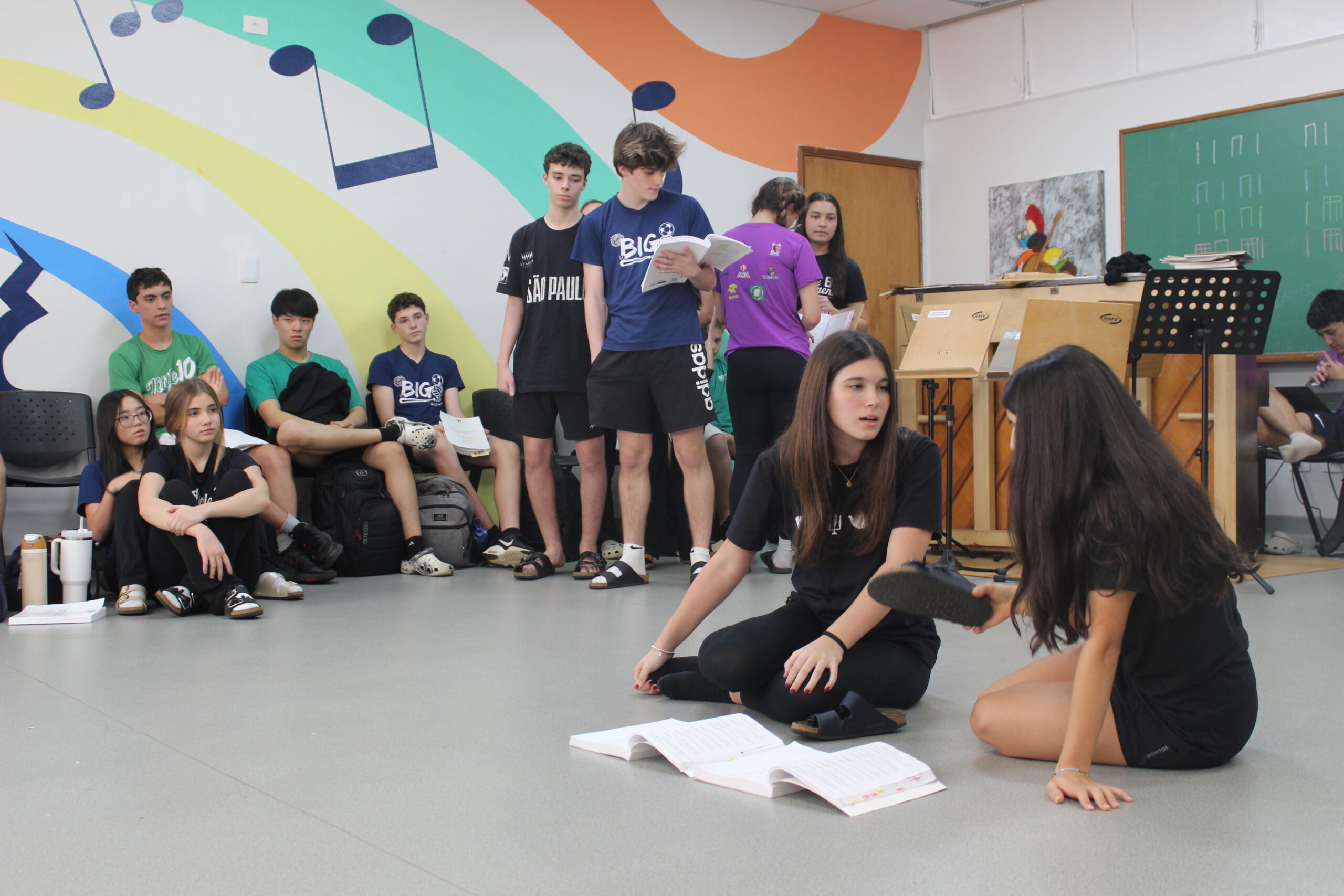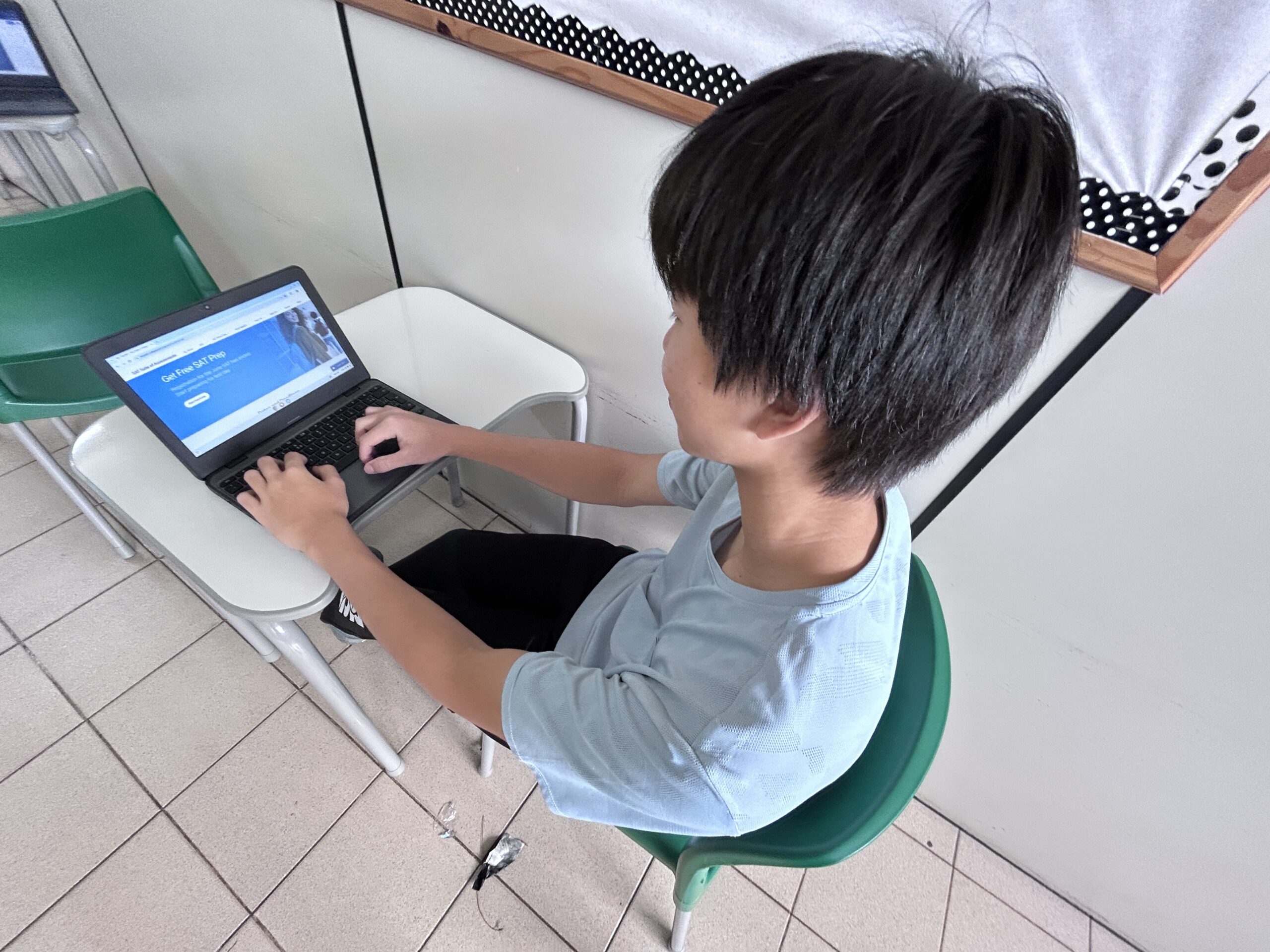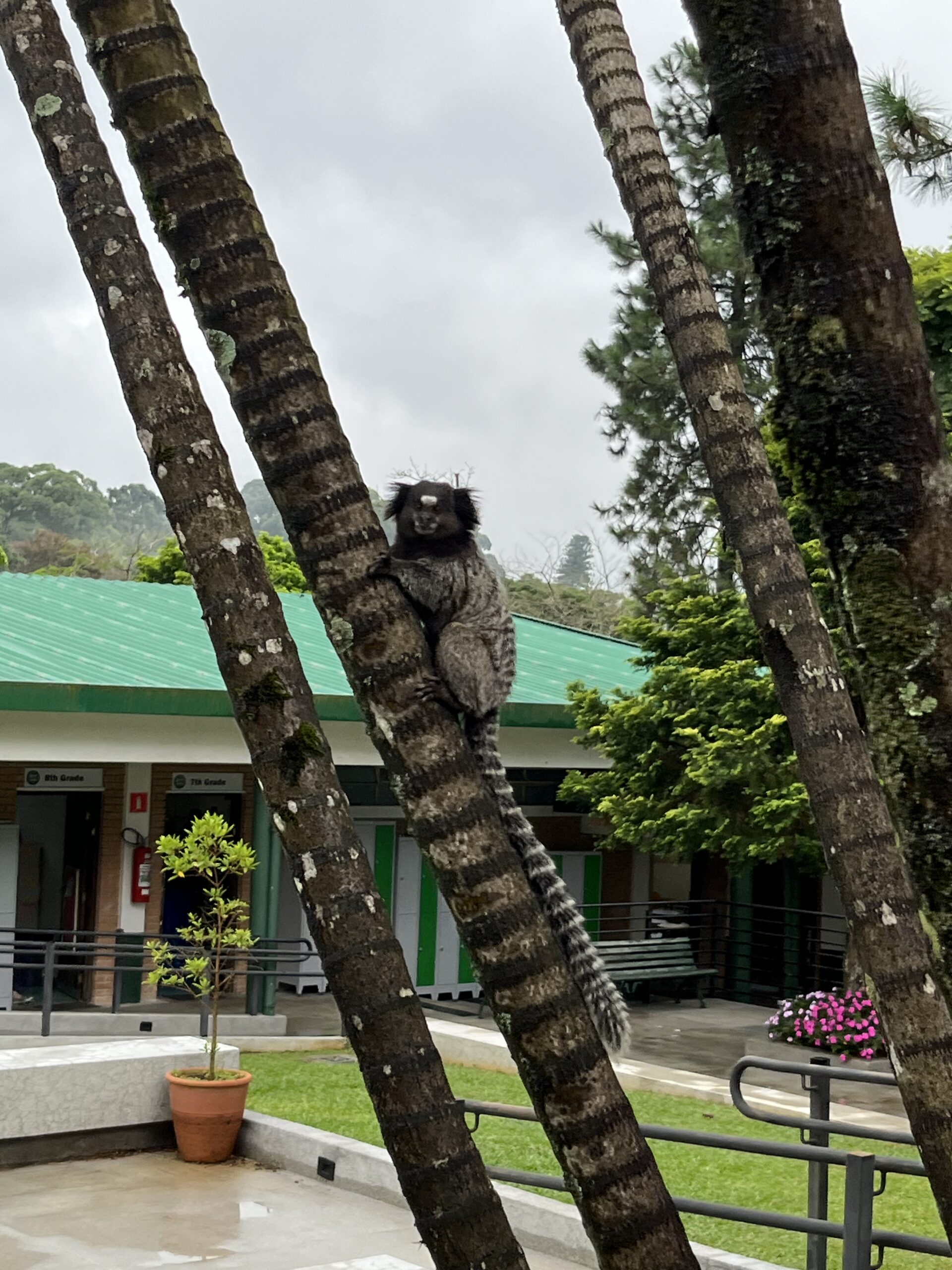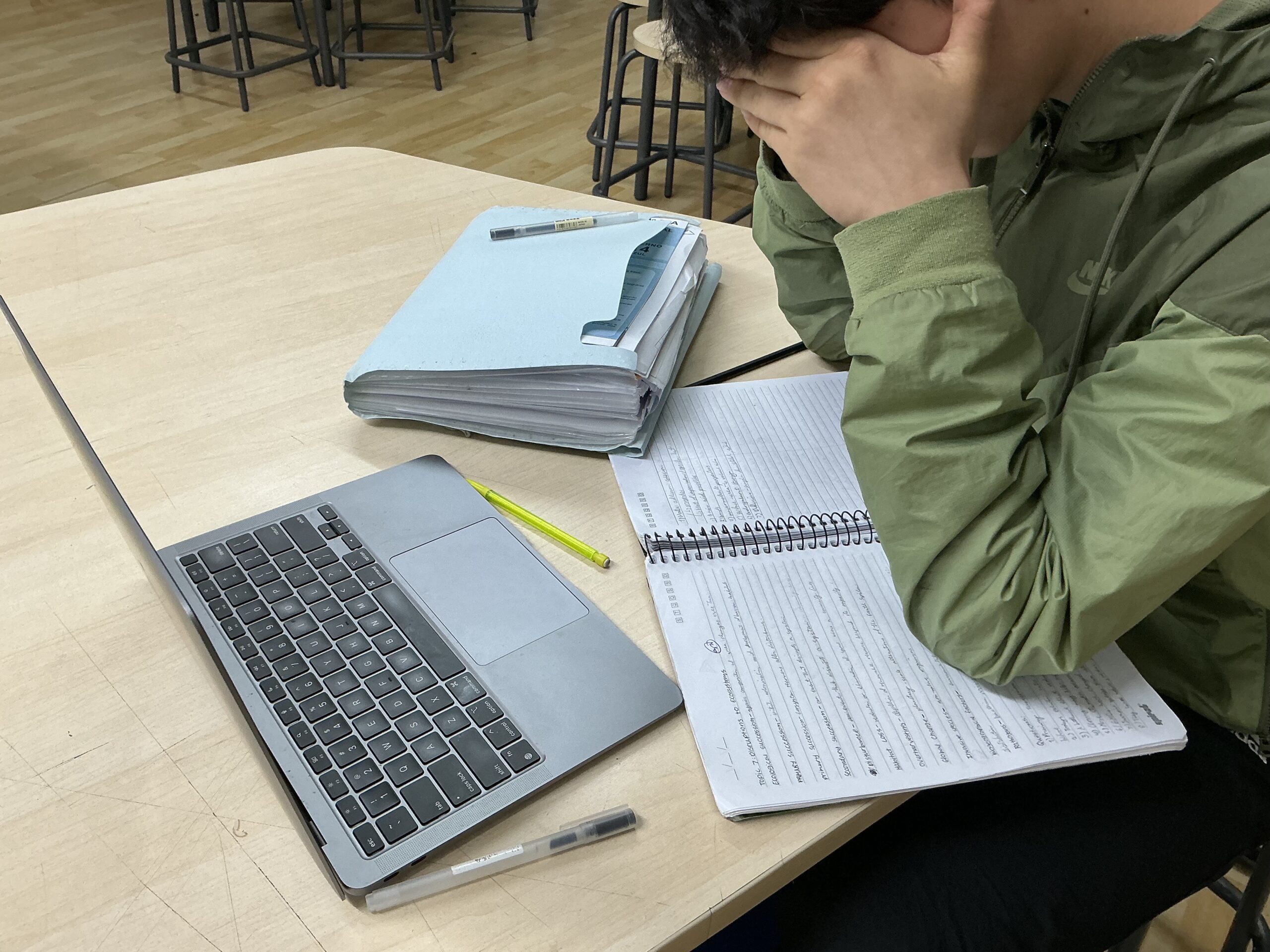by Kevin Dai
At the beginning of the 2023-24 school year, PACA leadership made the decision to switch to shorter 46-minute class periods, phasing out the original one hour 30 minute class periods and increasing the number of class periods in a school day to eight. This change aimed to adapt the school day to better suit students and create an environment conducive to learning in our modern society. However, is this change actually beneficial to student learning or harmful?
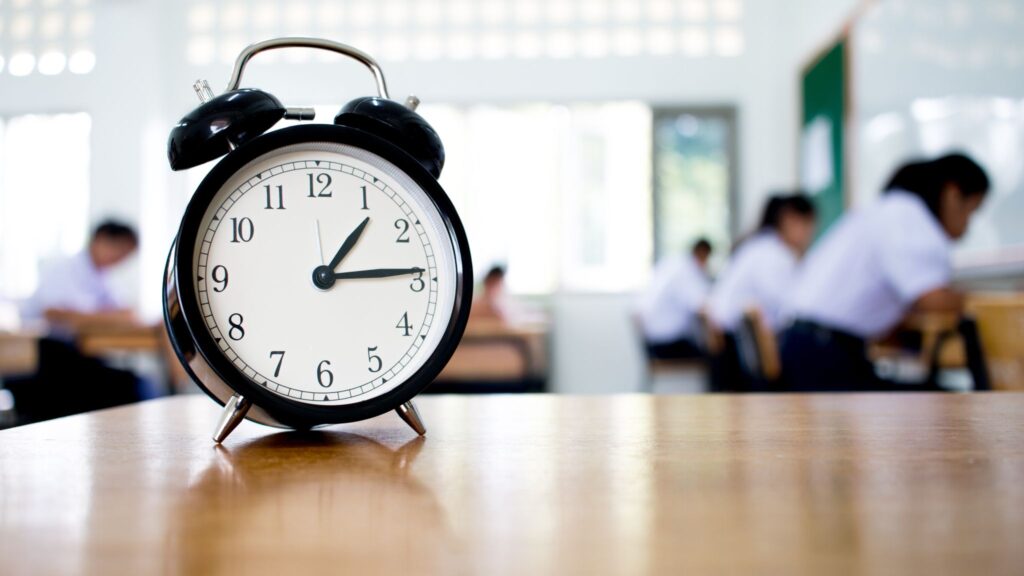
Caption: PACA decided to decrease the length of class periods at the beginning of the 2023-2024 school year, a decision aimed to adapt classrooms to better suit student needs in our modern world. [photo provided by Sky News.]
It is no secret that our attention spans have been getting shorter and shorter as we spend our time in a constant state of multitasking, a phenomenon further exacerbated by our devices and the internet. Activities such as scrolling through forms of short-form entertainment on social media have led to the hijacking of our body’s dopamine system and effectively rendered us unable to partake in activities that require concentration over long periods of time, including learning in the classroom.
The shorter class periods aim to accommodate this fact, attempting to maximize student learning by shortening class periods such that students do not feel mentally burned out and are able to focus on learning during classes.

Caption: Grade 8 student, Rebecca Pavanelo, works on a make-up test for one of her classes that was missed due to illness. Students have to balance time spent in class with catching up on missed work after being absent for a day or longer. The kioski and the library are often the places were students at PACA are sent to complete missed tests and assessments. [by Kevin Dai]
However, I think this change mistakenly targets the length of the class periods as the source of the problem. A study in 2004 found that the average attention span on any screen was two and a half minutes on average. Fast forward to 2012, that number fell to only 75 seconds, a 50% decrease.
Today, a lot of the learning conducted both inside and outside of the classroom occurs digitally, on the screens of our electronic devices. The problem isn’t that students are losing focus during longer class periods, but instead that the wide variety of interesting activities available to them on their chromebooks are distracting them from the actual learning.
As such, rather than decreasing the length of class periods, the change should’ve aimed instead to adopt different learning strategies that shifted away from the increased focus on digital learning.
Furthermore, school should inherently be an “uncomfortable” space for students. Just like an athlete continuously trains his cardiovascular endurance in order to be able to run longer distances, students should also train their attention spans by doing their best to participate in these longer class periods. This is especially true for students who are about to enter college. Many students who get accustomed to these shorter class periods may find themselves struggling in the near future as they enter institutions of tertiary education, in which their learning will more often than not include multiple-hour long lectures.
The increase in class periods has also led to an increase in learning downtime throughout the day. The average school day now includes seven shifts between classes (excluding lunch), requiring not only students but also teachers to change between classrooms more often. Taking into consideration the time it takes for class to begin (students settling down, organizing the classroom for a class), only a fraction of the class period is left for actual engaged learning.
Because of this downtime, work is increasingly spilling over after class periods have concluded, which ends up putting additional stress on students by having them take on additional homework. I’m not arguing that homework is bad, but more and more students are finding it hard to balance school and other aspects of life. Teachers design homework to be complementary to learning done in class, but when class work is left uncompleted and turns into homework, it is actually more harmful than beneficial to student learning.
Shorter periods may be beneficial for a lesson structure that involves self-study. However, I believe that teacher-guided learning, as is the case with many classes, benefits from longer class periods.
Last year, before I joined PACA, my school day consisted of six 80-minute long lessons, almost twice the length of PACA’s current class periods. In my experience, teachers would consistently spend the first 30 minutes of class giving instructions. The remaining 50 minutes were spent in self-learning as students completed assignments or collaborated in group projects. This approach combines the benefits of both self-study and teacher-guided learning. Instead, with the 46 minute class periods, teachers are forced to minimize the amount of time spent giving instructions, often leading to complications when students aren’t exactly able to grasp what they’re supposed to do.
In conclusion, I believe that PACA’s choice to switch to shorter class periods is not conducive to student learning, failing to achieve its intended purpose.
The goal of a school is to prepare students for their future endeavors, including further study in colleges and universities as well as employment. Such environments will not cater to their every need, and it will benefit students to adapt their attention spans to fit the responsibilities required of them sooner than later.










